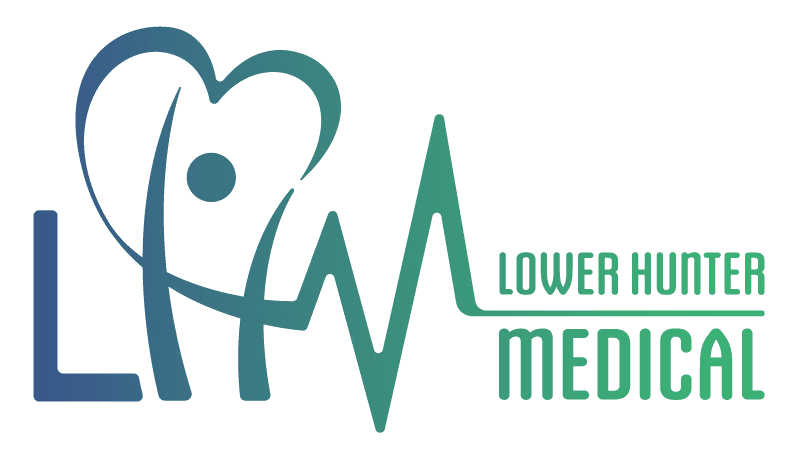What is Dysautonomia?
Dysautonomia refers to a group of disorders where the autonomic nervous system (ANS) does not function as it should. The ANS helps control everything our body does automatically. This can involve dysfunction in any of the divisions of the ANS; the sympathetic, parasympathetic, or enteric nervous systems. Dysautonomia can affect every system in the body, sometimes in unpredictable ways. Symptoms may be mild or debilitating. They also may wax and wane in intensity, or be relentless. Depending on the type of dysautonomia and its cause, patients may deal with symptoms permanently or in some cases symptoms will improve and they will recover.
Forms of Dysautonomia
While some specific forms are rare, dysautonomia itself is not. Over 70 million people in the world are living with one or more forms of dysautonomia. Some of the forms include:
- Postural Orthostatic Tachycardia Syndrome (POTS)
- Vasovagal Syncope (VVS)
- Orthostatic Intolerance (OI)
- Autoimmune Autonomic Ganglionopathy
(AAG) - Pure Autonomic Failure (PAF)
- Multiple System Atrophy (MSA)
- and more.
In some cases, otherwise healthy patients can develop dysautonomia or the cause may be unknown. There are also patients who develop dysautonomia secondary to other underlying conditions such as Ehlers-Danlos syndromes, chiari malformation, mast cell activation disorder, Parkinson’s disease, diabetes, autoimmune disorders, viruses, trauma, and more. Patients whose dysautonomia is caused by an underlying condition are more likely to deal with symptoms to some degree indefinitely. However, when possible, treating the underlying condition can sometimes improve patients’ symptoms of dysautonomia.
Prognosis
There is currently no cure for dysautonomia, but ongoing research is building a better understanding of many forms of dysautonomia and offering new hope. Treatment involves assessing each individual’s unique presentation and combining lifestyle changes and sometimes medication use to help improve symptoms. Proper medical care and patient education can help those affected by dysautonomia better manage their condition and improve their quality of life.
Dysautonomia Symptons
Head
- Dizziness
- Light-headedness Pre-Syncope
- Syncope
- Tinnitus (ringing in ears) Migraine/Headache Occipital Neuralgia
- Neck Pain
- Coat-hanger Pain
Sleep
- Insomnia Sleep-Disordered Breathing
- Sleep Paralysis Altered Sleep architecture
Cardiovascular
- Tachycardia
- Bradycardia
- Palpitations
- Hypertension
- Hypotension
- Large Swings in heart rate and blood pressure
- Chest Pain
Gastrointestinal
- Nausea/Vomiting
- Loss of Appetite
Early Satiety - Indigestion
- Constipation Diarrhea
- Abdominal Pain
- Difficulty Swallowing
Extremities
- Acral Coldness
- Raynaud Syndrome
- Hyper-hydrosis
- Anhidrosis
Vision
- Sensitivity to Textures
- Sensitivity to Light
- Difficulty with Depth Perception
Mind
- Anxiety
- Attention Deficit
- Cognitive Impairment
- Brain Fog
- Mood Disturbances
- Sensitivity to Sound and
- Light
Respiratory
- Dyspnea
- Shortness of Breath
- Hyperventilation
Genitourinary Urinary Frequency
- Urinary Retention
- Urinary Incontinence
- Dysmenorrhea
- Endometriosis Pain
- Erectile Dysfunction
- Decreased Libido
Skin
- Cyanosis
- Blood Pooling
- Livedo Reticularis
- Sensitivity to Touch
- Flushing
Systemic
- Generalized Fatigue
- Early Exhaustion
- Exercise Intolerance
- Muscle Weakness
- Problems with Balance
- Sensitivity to Motion
- Tremulousness
- Temperature Dysregulation
- Paresthesias
- Heat Intolerance






